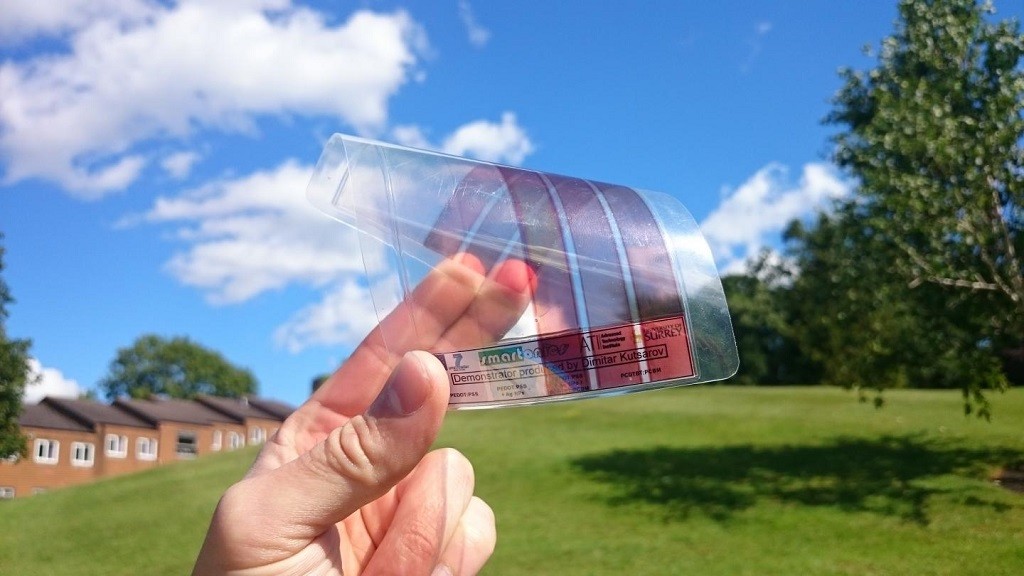The walls of the future could produce energy thanks to graphene

Graphene is an allotrope of carbon in the form of a two-dimensional, atomic-scale, honey-comb lattice in which one atom forms each vertex; it is a material that has been studied since long time and it is evolving continuously. Graphene has many extraordinary properties: it is stronger than steel, harder than diamond, as flexible as plastic and mostly it is one of the best electrical conductor ever discovered. Thanks’ to these qualities this material is so largely used by humankind. But from this moment, thanks’ to a discovery from University of Surrey’s Advanced Technology Institute, graphene could be used in a new field: construction.
These researches proved that graphene could be manipulated to create the most adsorbent material related to his weight ever discovered by humans. Traditionally speaking, graphene is an excellent electrical conductor, but it has less properties for optical applications, because of his capacity to adsorb only the 2,3 % of the light that pass through it; but now, thanks’ to a new technique, this material could be capable of absorbing until 90 % of light. Thanks to this innovation, researchers are thinking about the creation of graphene solar cells to be installed inside the external walls and windows, trying to combine these new graphene properties with the capacity of solar cells to absorb light and to convert it into electricity: the aim is to create a self-sufficient house thanks’ to this new “smart walls” concept.

To reach this level of absorption, studies have observed the nature and moths’ eyes in particular, whereby they understood a complex mechanism at atomic scale, as the professor of the institute Ravi Silva says: “Moths’ eyes have a microscopic patterning that allows them to see in the dimmest conditions. These work by channeling light towards the middle of the eye, with the added benefit of eliminating reflections, which would otherwise alert predators of their location. We have used a technique called nanotexturing to make an amazingly thin, efficient, light-absorbent material by patterning graphene in a similar fashion.”
Professor Silva commented: “Solar cells coated with this material would be able to harvest very dim light. Installed indoors, as part of future ‘smart wallpaper’ or ‘smart windows’, this material could generate electricity from waste light or heat, powering a numerous array of smart applications. New types of sensors and energy harvesters connected through the Internet of Things would also benefit from this type of coating.”

The last step for the team is to incorporate this material, that now is officially called nanotexturing graphene, in a variety of existing technologies; indeed, the Advanced Technology Institute founded the Graphene Centre, a development center of this technology that is officially searching for a business partner.
An incredible discovery taken from the observation of the nature: it’s too hard to understand that we have to respect her and understand her and we have not to destroy her?
